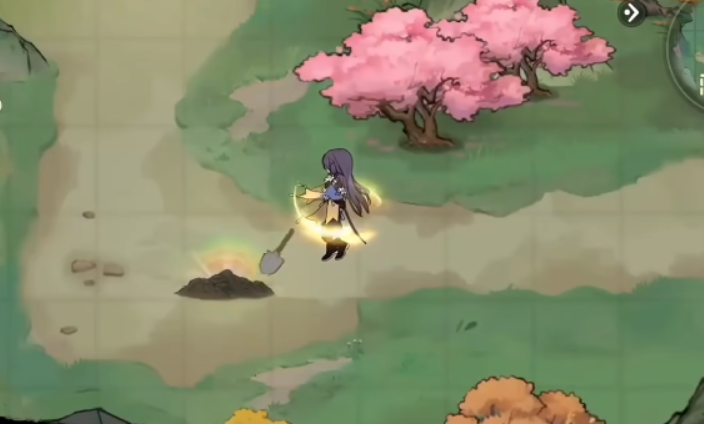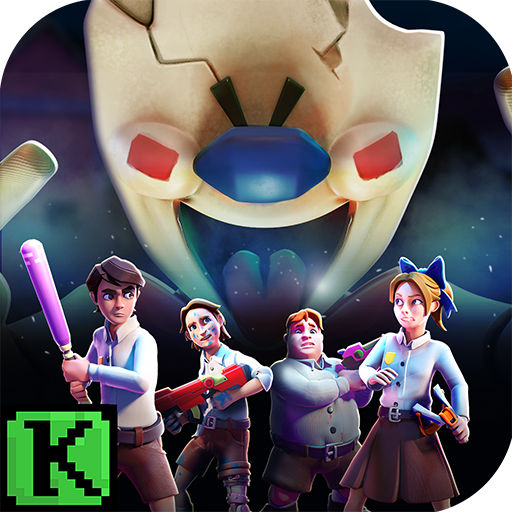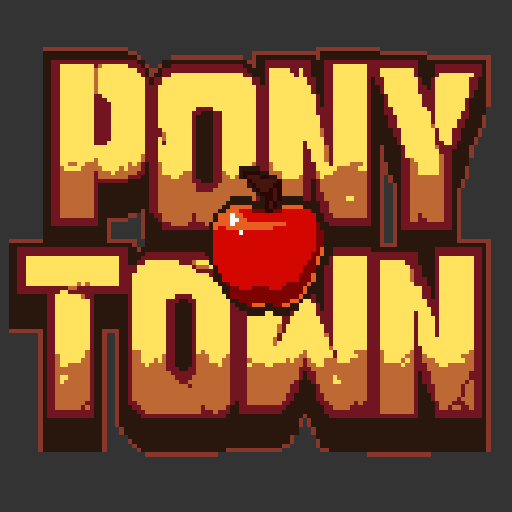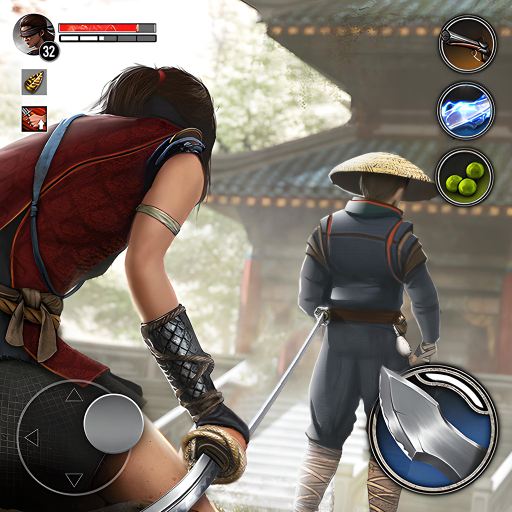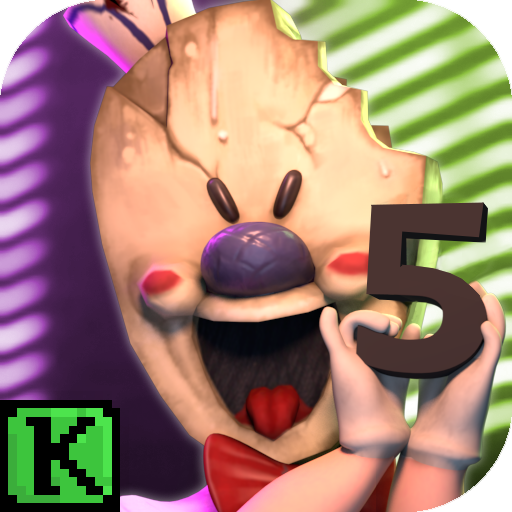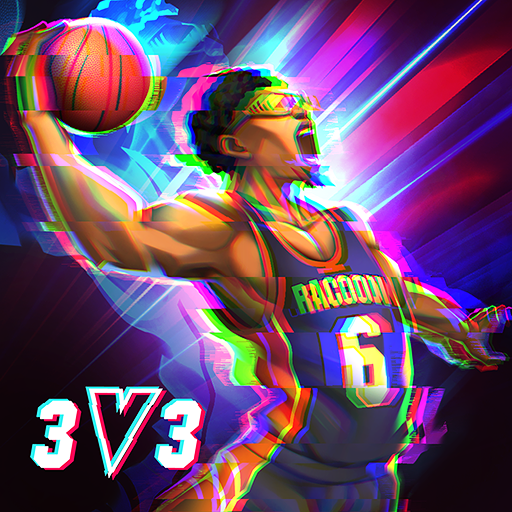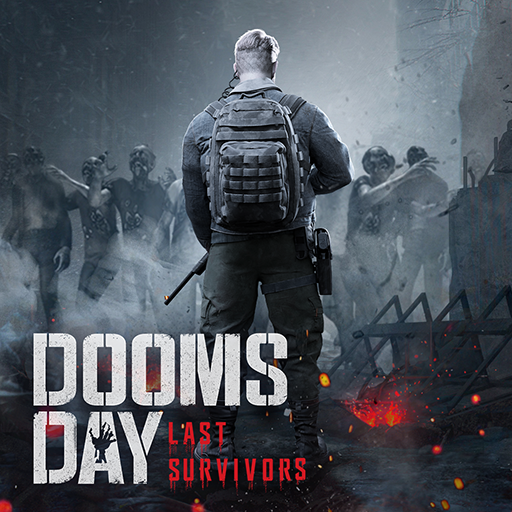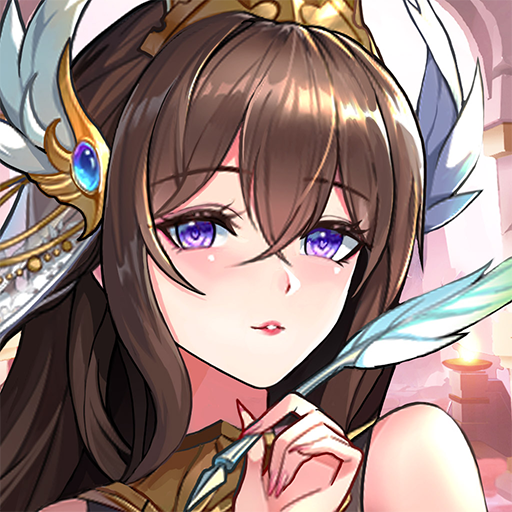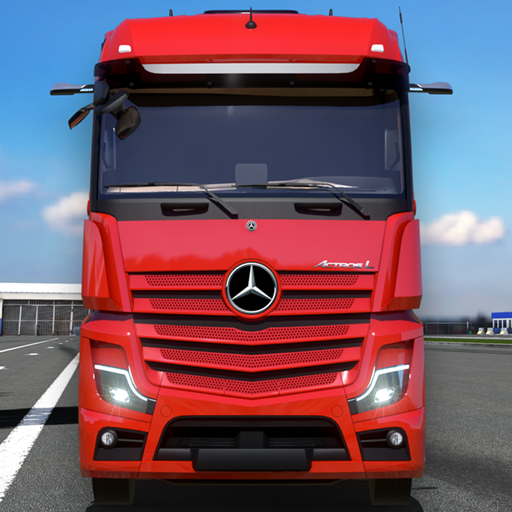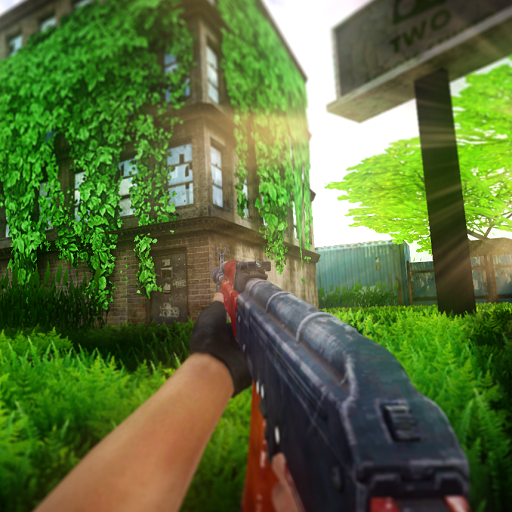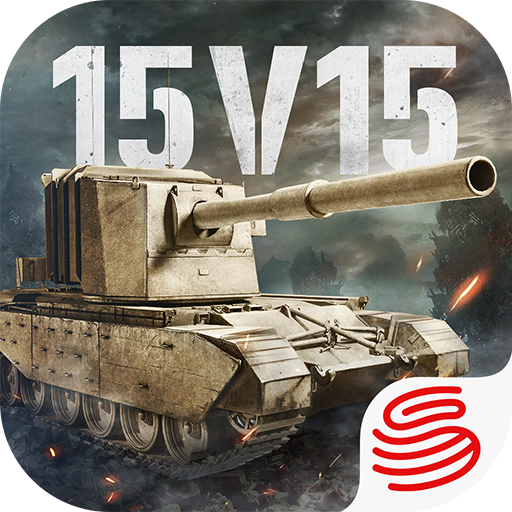In the game Gundam Steel Poem, the combat roles and positions of each unit are intuitively displayed through two carefully designed small icons. To understand how to play the Gundam Steel Poem unit system, it's important to pay attention to what these small icons represent. Generally, they are divided into two main categories: one representing the type of unit and the other its characteristics. Different mechs have significant differences in their classification and the effects of their characteristics.

For example, taking the Strike Gundam as an instance, it is categorized as a general type and exhibits a close combat characteristic. In the game's setting, there exist six distinctly different types of units and five unique unit characteristics. These types also form a complex system of mutual restraint: mobile types can effectively counter variable types, variable types have an advantage over general types, general types can suppress heavy types, and heavy types can easily defeat mobile types. This cyclic relationship of restraints adds more strategy to battles.

Beyond the aforementioned restraint relationships, different types of units also affect the formation bonuses when assembling a team. When a player deploys 3, 4, or 5 units of the same type, all units will receive corresponding attack and durability bonuses. When the number of deployed units reaches 4 or more, they can further enjoy an additional 5% and 10% damage increase against restrained types. However, while numerically, deploying 5 units of the same type might seem to offer a tactical advantage, in reality, due to the existence and variability of restraint relationships, players need to make the best deployment decisions based on the enemy's formation.

For those players who choose to deploy one unit each of variable, general, heavy, and mobile types, they can activate a 20% attack and durability formation bonus. Such a formation often shows greater flexibility when facing the enemy's varied and complex formations. Additionally, there is a key point that commanders should be reminded of: special forms and modified addition types of units, when forming a lineup, are automatically considered as the most numerous unit type in the current lineup.

When a commander has already deployed 3 general type units and then adds a special form unit, this special form unit will be automatically classified as a general type by the system. Besides the decisive influence of unit types on combat roles, unit characteristics are also core elements in shaping the positioning and combat style of the unit. The game features five major characteristics: melee, funnels, firepower, assault, and support. Units with the melee characteristic typically have excellent durability and close combat abilities.
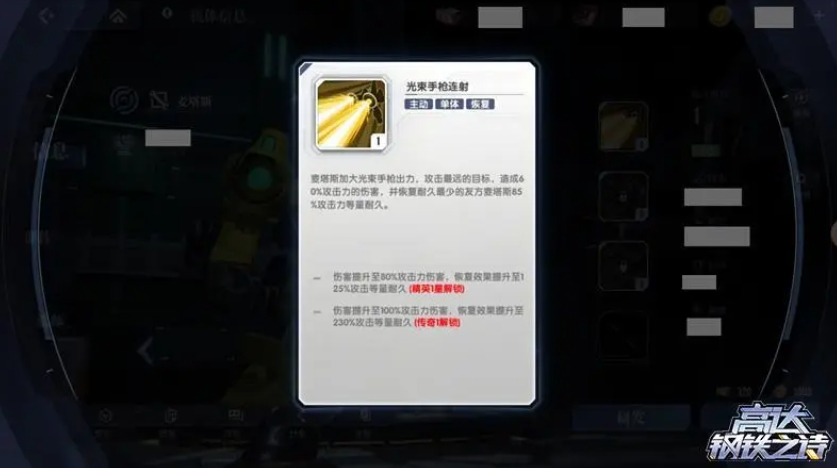
Units with the funnel characteristic are known for their powerful group attack capabilities and versatile attack methods. Firepower characteristic units serve as the core of long-range fire support in the team, usually positioned at the back. With their strong output and steady fire suppression, they provide continuous fire support to the team. For units with the assault characteristic, their burst power is their proudest weapon. These units excel at targeting specific enemy units for breakthroughs, whether it's the enemy's heavy tanks or highly maneuverable fighters, none can withstand the lethal blows from these assault units.

Finally, although support characteristic units are not adept at direct combat, they can provide comprehensive support to teammates with their unique auxiliary abilities, whether it's restoring the durability of teammates, enhancing their attack and defense, or applying various buffs to improve their combat efficiency, these support units can handle them with ease.

How to play the Gundam Steel Poem unit system actually involves balancing the combination of various characteristic units, allowing players to build a Gundam team that is both powerfully offensive and defensively strong. However, it's important to note that there is no one-size-fits-all optimal solution for unit positioning and team composition; everyone needs to learn to be flexible and adapt accordingly.

